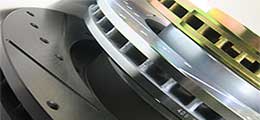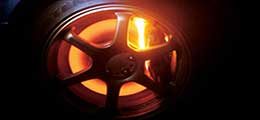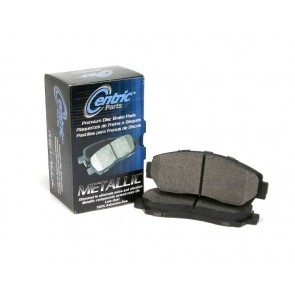Semi-Metallic Brake Pads
-
1961 Mercedes Benz 300SE (W112) Premium Semi-Metallic Brake Pads
FromFrom $21.23 -
1961 Mercedes Benz 300SEB (W108) Premium Semi-Metallic Brake Pads
FromFrom $21.23 -
1961 Mercedes Benz 300SEC (W112) Premium Semi-Metallic Brake Pads
FromFrom $21.23 -
1962 BMW 1500 Premium Semi-Metallic Brake Pads
FromFrom $21.23 -
1962 Mercedes Benz 300SE (W112) Premium Semi-Metallic Brake Pads
FromFrom $21.23 -
1962 Mercedes Benz 300SEB (W108) Premium Semi-Metallic Brake Pads
FromFrom $21.23 -
1962 Mercedes Benz 300SEC (W112) Premium Semi-Metallic Brake Pads
FromFrom $21.23 -
1963 BMW 1500 Premium Semi-Metallic Brake Pads
FromFrom $21.23 -
1963 BMW 1800 Premium Semi-Metallic Brake Pads
FromFrom $21.23 -
1963 Chevrolet Corvette Premium Semi-Metallic Brake Pads
FromFrom $29.98 -
1963 Mercedes Benz 300SE (W112) Premium Semi-Metallic Brake Pads
FromFrom $21.23 -
1963 Mercedes Benz 300SEB (W108) Premium Semi-Metallic Brake Pads
FromFrom $21.23 -
1963 Mercedes Benz 300SEC (W112) Premium Semi-Metallic Brake Pads
FromFrom $21.23 -
1963 Porsche 356B Premium Semi-Metallic Brake Pads
FromFrom $21.23 -
1963 Porsche 356C Premium Semi-Metallic Brake Pads
FromFrom $21.23 -
1964 Alfa Romeo 1600 Spider Premium Semi-Metallic Brake Pads
FromFrom $21.23 -
1964 Alfa Romeo Guilia 105 Series Premium Semi-Metallic Brake Pads
FromFrom $21.23 -
1964 BMW 1500 Premium Semi-Metallic Brake Pads
FromFrom $21.23 -
1964 BMW 1800 Premium Semi-Metallic Brake Pads
FromFrom $21.23 -
1964 BMW 1800ti Premium Semi-Metallic Brake Pads
FromFrom $21.23 -
1964 Chevrolet Corvette Premium Semi-Metallic Brake Pads
FromFrom $29.98 -
1964 Mercedes Benz 300SE (W112) Premium Semi-Metallic Brake Pads
FromFrom $21.23 -
1964 Mercedes Benz 300SEB (W108) Premium Semi-Metallic Brake Pads
FromFrom $21.23 -
1964 Mercedes Benz 300SEC (W112) Premium Semi-Metallic Brake Pads
FromFrom $21.23 -
1964 Porsche 356C Premium Semi-Metallic Brake Pads
FromFrom $21.23 -
1964 Porsche 356SC Premium Semi-Metallic Brake Pads
FromFrom $21.23 -
1964 Porsche 912 Premium Semi-Metallic Brake Pads
FromFrom $21.23 -
1964 Porsche 912E Premium Semi-Metallic Brake Pads
FromFrom $21.23 -
1965 Alfa Romeo 1600 Spider Premium Semi-Metallic Brake Pads
FromFrom $21.23 -
1965 Alfa Romeo GTV Premium Semi-Metallic Brake Pads
FromFrom $21.23
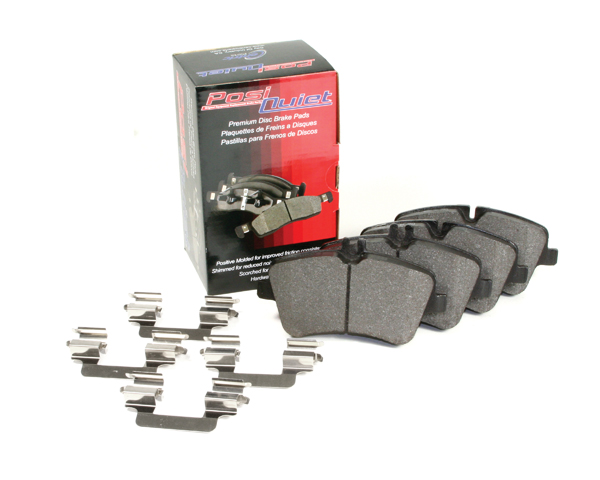
Many sport or performance vehicles come standard equipped with semi-metallic brake pads from their manufacturers. This is because semi-metallic brake pads have the ideal combinations of attributes suited for these vehicles and stopping power is one of them. Semi-metallic brake pads have a high heat threshold and have higher brake fade resistance compared to a ceramic brake pad. They may also be less expensive than ceramic brake pads; however, semi-metallic brake pads do have a few small disadvantages when compared to ceramic brake pads.
Semi-metallic brake pads are a mixture of brass, copper, steel and metallic fibers. These materials are more abrasive and can potentially cause the brake rotors to wear down more quickly. Compared to a ceramic brake pad, semi-metallic brake pads may not last as long and may produce a noticeable amount of brake dust. There is also a possibility that your brakes may create noise or low squeal, however since semi-metallic brake pads were designed for light or heavy track use, noise is generally not an issue.
We recommend semi-metallic brake pads for drivers that demand the ultimate stopping response and power. This stopping power, to some drivers, compensates for the few possible minor disadvantages semi-metallic brake pads have. For a longer lasting brake pad with similar qualities as semi-metallic brake pads, try our Posi Quiet Extended Wear brake pads!
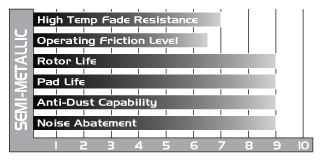
- excellent wear qualities
- very low dust
- operates well in a wide temperature range
- chart relative to usage



